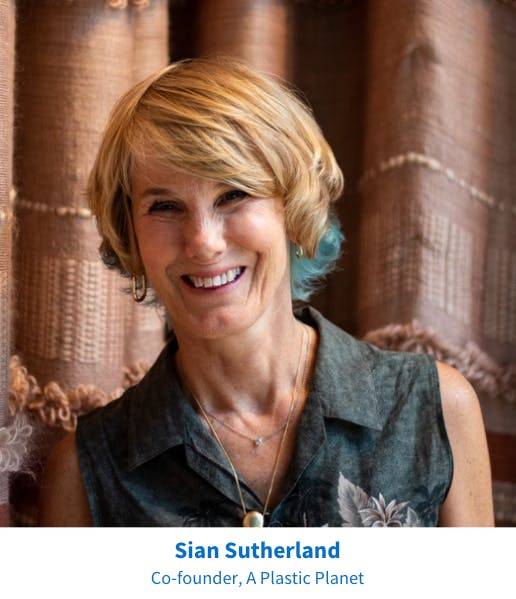How to Market Your Brand During a Recession
It’s time to recession-proof your brand. Recent economic reports highlight market issues like higher inflation, interest rate hikes, lower consumption, layoffs, and reduced hiring. Together, these trends point toward an economic slowdown and potential recession.1 Kelly, Jack. What You Need To Know About Layoffs, Hiring Freezes, Inflation And A Possible Recession. Forbes. June 23, 2022. ,2 Bhattarai, Abha. U.S. economy shrinks again in second quarter, reviving recession fears. The Washington Post. July 28, 2022.
However, there’s no need for consumer packaged goods (CPG) brands to panic. Economic downturns are a natural phase of the business cycle. Many factors remain within a brand’s control, including marketing efforts. That’s why we’re sharing the following marketing best practices to help you grow your top line, even in a recession.
Pause to plan
Recessions can create lucrative new business opportunities because market conditions change.3 6 Ways to Increase Sales in a Recession or Economic Downturn. Sociallybuzz. 2022. To adapt to market uncertainty, re-examine your marketing strategy to stay focused, clarify your priorities, and optimize your resources.4 Price, Seth. Five Marketing Strategies For Coming Out Of The Recession Stronger. Forbes. January 13, 2021.
Since consumer habits have shifted due to the …




